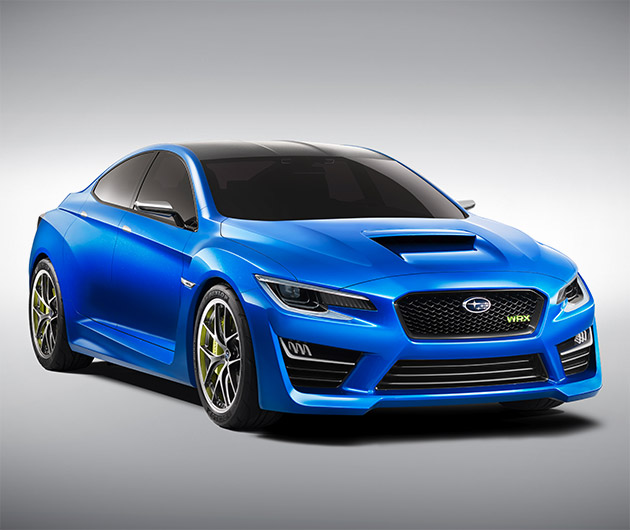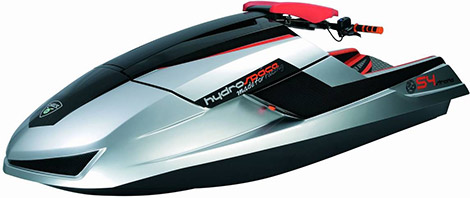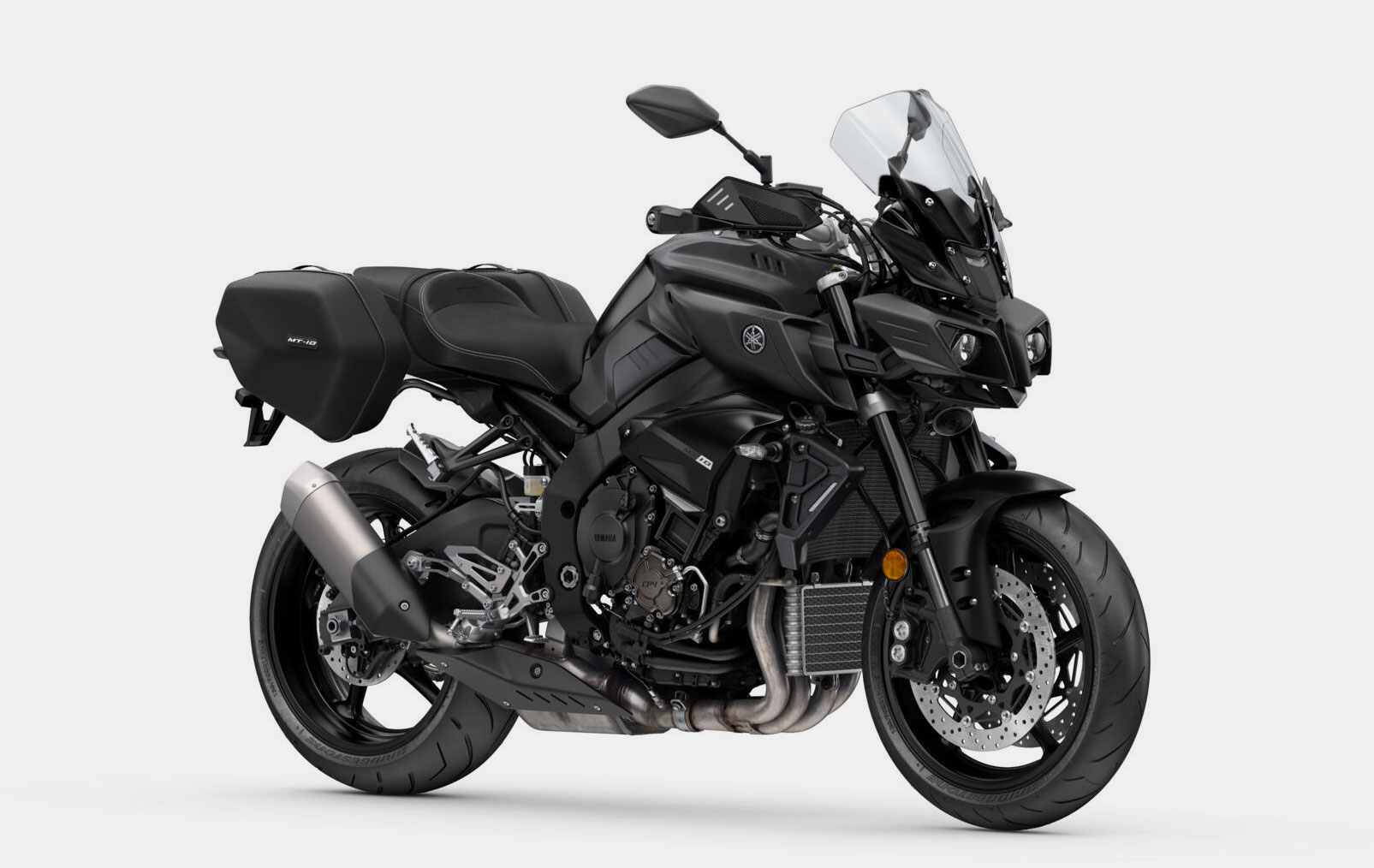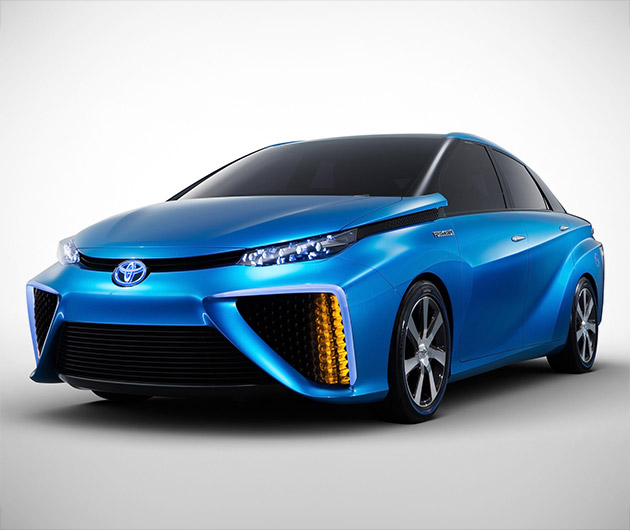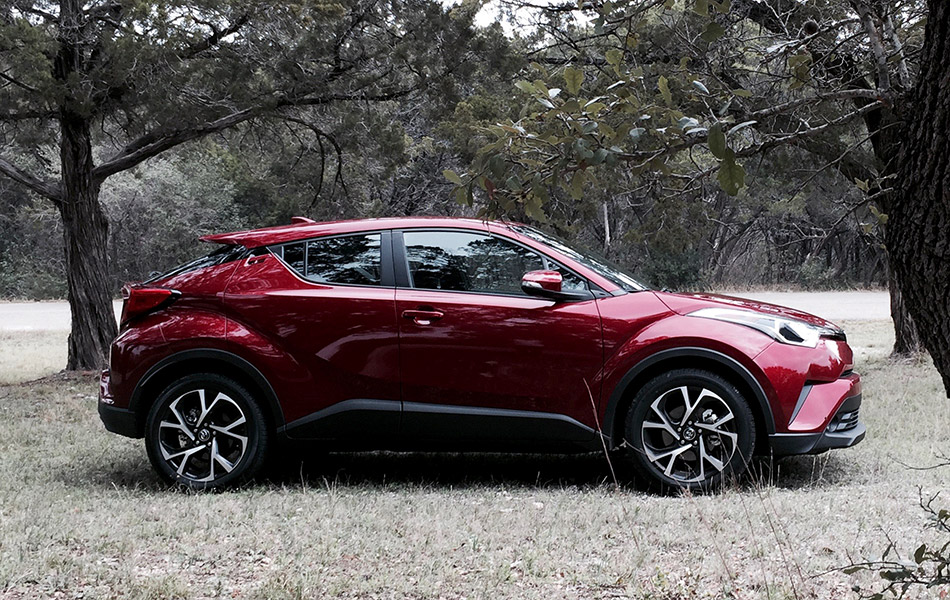This Chinese Luxury Sedan Can Drive Sideways, Climb Stairs, and Outperform Teslas — All for Under $90K
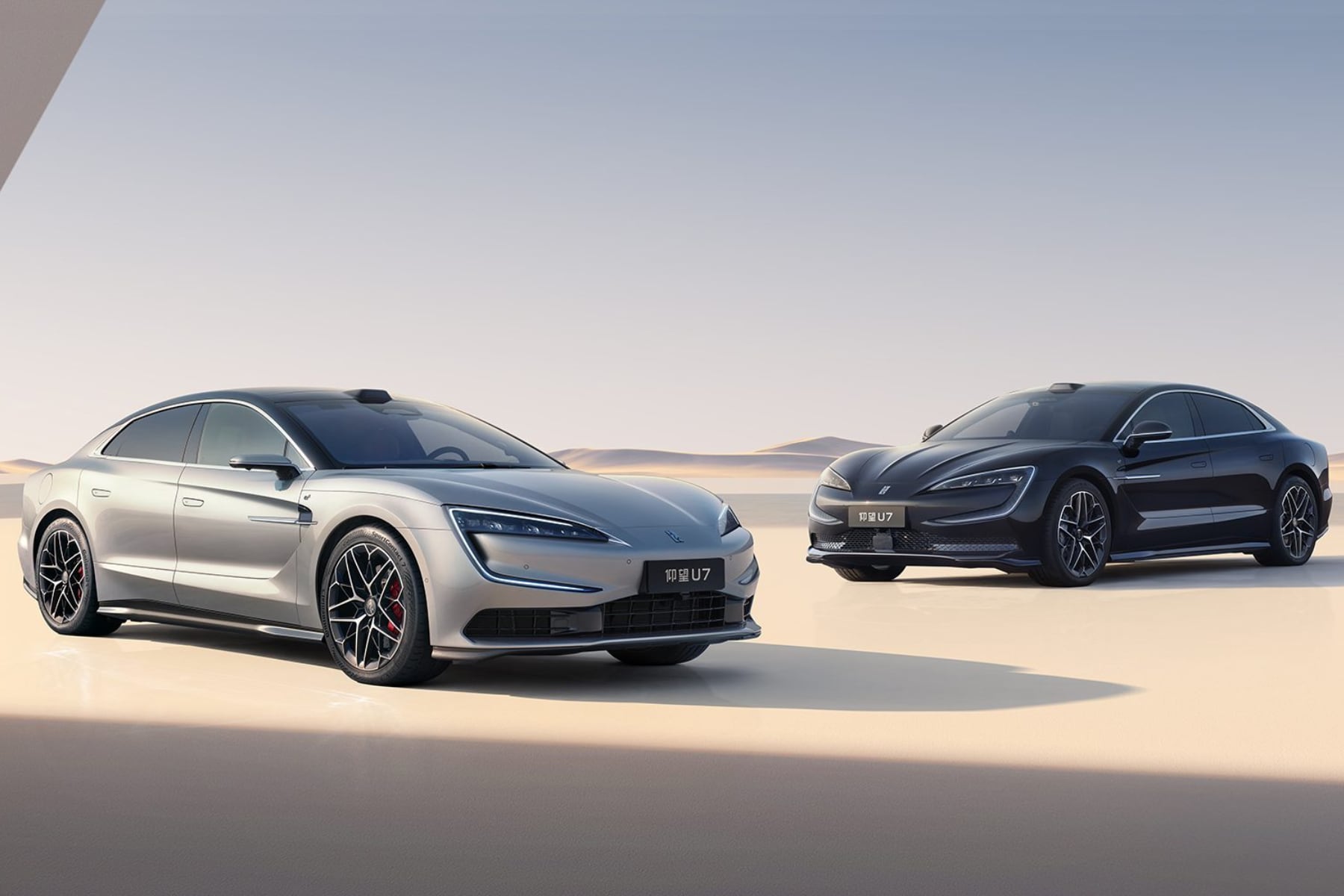
When a company proclaims they’ve created “the most advanced car in history,” skepticism naturally follows, yet the Yangwang U7 demands attention not through marketing hyperbole but through genuine technological achievements that push the boundaries of what’s possible in a production vehicle—representing not merely incremental progress but a fundamental reimagining of how cars can move, respond, and protect their occupants.
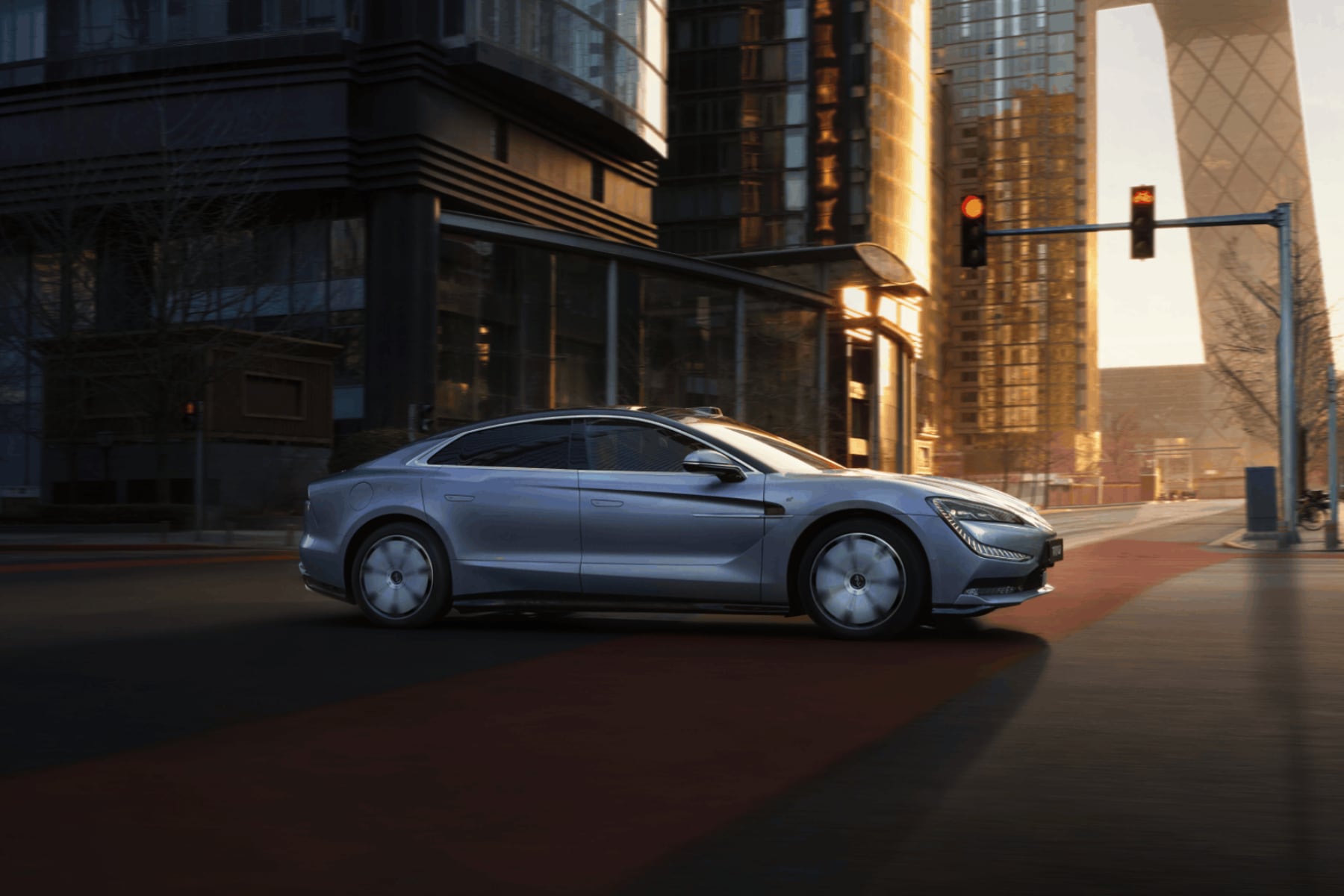
Chinese automaker Yangwang has been steadily building a reputation for vehicles that defy conventional limitations, with their U9 supercar introducing us to the fascinating ability to literally hop on its suspension, while their U8 SUV demonstrated “sailing” capabilities that allow it to navigate through deep water for up to 30 minutes—innovations that aren’t gimmicks but substantial demonstrations of platform capabilities signaling Yangwang’s ambitious engineering approach. The newly unveiled U7 luxury sedan takes this philosophy to new heights, combining extraordinary performance with features that leave competitors scrambling to catch up in what could become a watershed moment for automotive design.
Power That Demands Respect
The Yangwang U7’s four-motor drivetrain delivers a staggering 1,306 horsepower alongside 1,240 pound-feet of torque, numbers that translate to real-world performance capabilities that would make many supercars envious: 0-60 mph in just 2.9 seconds and a top speed of 167 mph, though raw power represents only one facet of this vehicle’s comprehensive approach to performance.
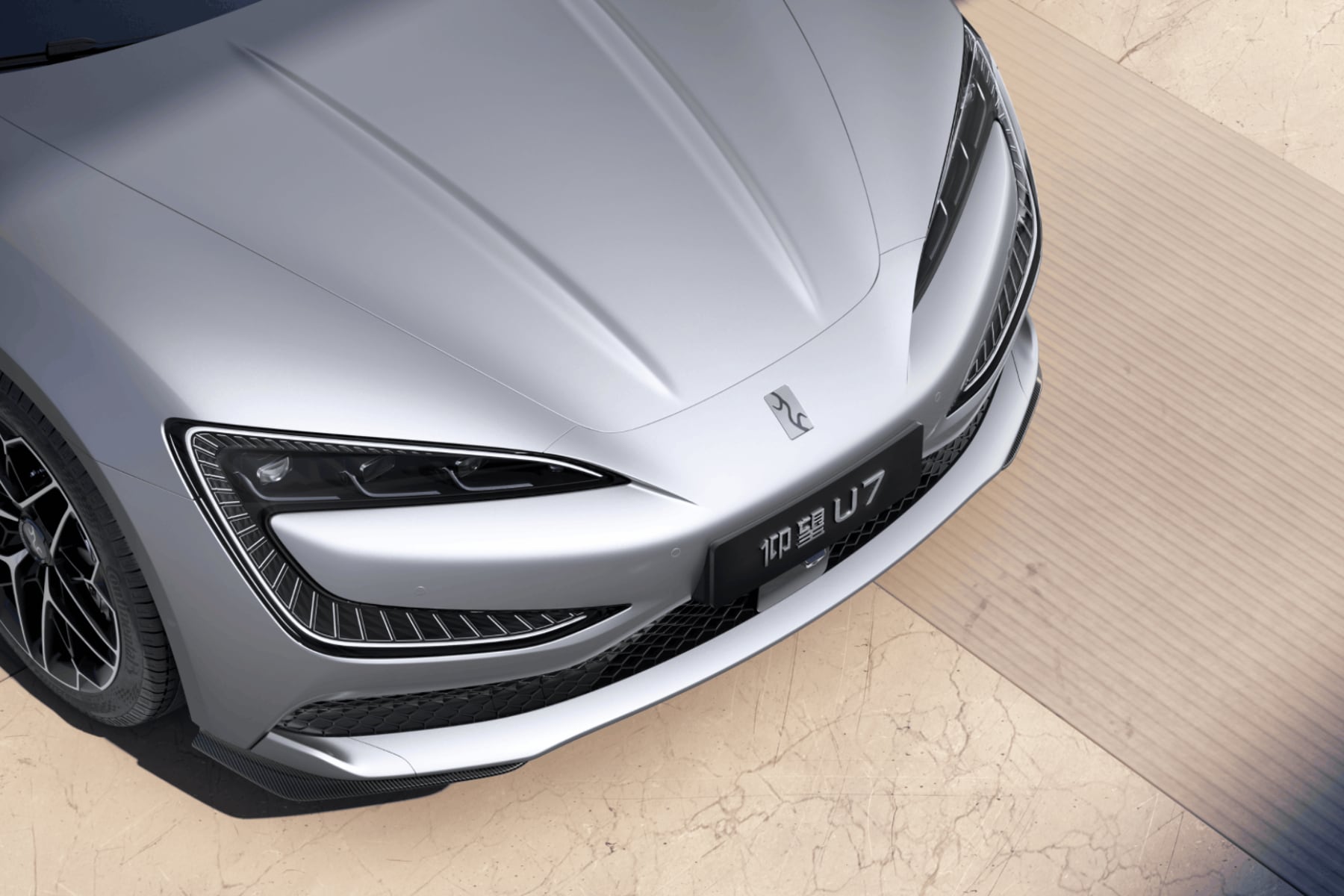
Recognizing diverse consumer needs, Yangwang offers the U7 in two distinct powertrain configurations: the pure electric variant packs a massive 135.5 kWh battery from parent company BYD, delivering an impressive 447-mile range on China’s test cycle (likely translating to around 330 miles by EPA standards), while those seeking greater flexibility can opt for the plug-in hybrid version, which ingeniously combines a 52.4 kWh battery with a 272-horsepower 2.0-liter turbocharged boxer engine—providing 124 miles of pure electric driving plus extended range from its 15.8-gallon fuel tank for a total of 621 miles of combined range.
What truly distinguishes the U7 from its competitors, however, isn’t just its impressive powertrain specifications but its forward-thinking charging capabilities, as the vehicle supports ultra-fast charging at rates up to 500 kW using dual charging plugs—allowing it to replenish from 30% to 80% battery capacity in just 20 minutes, which, although such powerful chargers remain relatively scarce globally, ensures the U7 is future-proofed for next-generation charging infrastructure that will inevitably become more widespread.
Movement Redefined: The Four-Wheel Advantage
While the automotive industry has spent over a century perfecting how cars move in essentially the same way, the Yangwang U7 completely reimagines these fundamental principles through BYD’s e4 platform with four independent motors (one per wheel), enabling this sedan to perform maneuvers that would leave other luxury vehicles in the dust and redefining what’s possible in everyday driving scenarios.
When faced with a tight parallel parking situation where most drivers would simply move on, the U7 can literally inch sideways into position—imagine navigating crowded downtown streets where conventional parking seems impossible, yet the U7 could simply slide laterally into spaces other cars would have to pass by, while its tank turn capability allows the vehicle to rotate on its axis when confined spaces would normally require multi-point turns. The system’s 20 degrees of rear-wheel steering further enhances this remarkable agility, transforming what would be driving challenges into simple maneuvers that save time and reduce stress.
Even more impressive are the active safety capabilities enabled by this sophisticated drivetrain architecture, which become evident when another vehicle attempts a PIT maneuver—a technique used to force a car to spin out—as the U7 can counteract the induced slide by precisely controlling each wheel’s power delivery, representing a fundamental rethinking of vehicle dynamics and safety systems that goes beyond incremental improvements to create something genuinely revolutionary. In everyday driving scenarios, this translates to unprecedented stability during emergency lane changes or when encountering unexpected road hazards that might send other vehicles into a dangerous skid, potentially saving lives through technology rather than driver skill alone.
DiSus-Z: The Suspension That Thinks Ahead
Complementing the four-motor drivetrain is Yangwang’s cutting-edge DiSus-Z suspension technology, an active system that doesn’t merely react to road conditions but anticipates them through the vehicle’s “God’s Eye” LIDAR sensor, which can detect upcoming bumps or obstacles and preemptively adjust the suspension to maintain ride comfort and stability—creating a driving experience that feels almost prescient in its smoothness.
Rather than bracing for impact when approaching a pothole-riddled road that would normally force most drivers to slow to a crawl, U7 owners would experience something remarkable: the vehicle scanning the surface ahead and preparing its suspension before reaching the rough patch, maintaining comfort without sacrificing speed, which for passengers means fewer spilled drinks, less motion sickness, and a consistently smooth ride regardless of road conditions—effectively erasing one of the most common complaints about driving in areas with deteriorating infrastructure.
The DiSus-Z system’s capabilities extend well beyond comfort to encompass safety and functionality in ways that seem almost magical, as in the event of a tire blowout—a scenario that would cause most drivers to panic—the system allows the U7 to continue driving on three wheels at speeds up to 50 mph, while during a potential collision, the suspension can actually lean the vehicle away from the impact point to minimize damage. Yangwang demonstrated these remarkable capabilities with an autonomous moose test at nearly 60 mph, showcasing how the combination of LIDAR sensing and active suspension creates unprecedented stability during emergency maneuvers that would challenge even the most skilled human drivers.
Most remarkably, videos show the U7 climbing stairs—a feat impossible for conventional vehicles that demonstrates not just engineering prowess but a rethinking of what environments a luxury sedan can navigate—while you might not need to drive up staircases daily, this capability hints at the platform’s potential to handle challenging terrain that would stop other luxury sedans in their tracks, eliminating concerns about steep driveways, unpaved roads, or flash-flooded streets that would leave conventional luxury cars stranded and their owners calling for assistance.
Design Language: Form Following Revolutionary Function
The Yangwang U7’s exterior design follows the brand’s established aesthetic language while pushing it into new territory, featuring swooping curves and the company’s characteristic headlights that bracket an aggressive front end, creating a visual signature that’s both distinctive and purposeful. Far from being merely stylistic choices, these design elements contribute to the vehicle’s remarkable aerodynamic efficiency, achieving an impressive drag coefficient of just 0.195 Cd that surpasses even the most slippery production vehicles currently available, including the Tesla Model S (0.208) and Lucid Air (0.197).
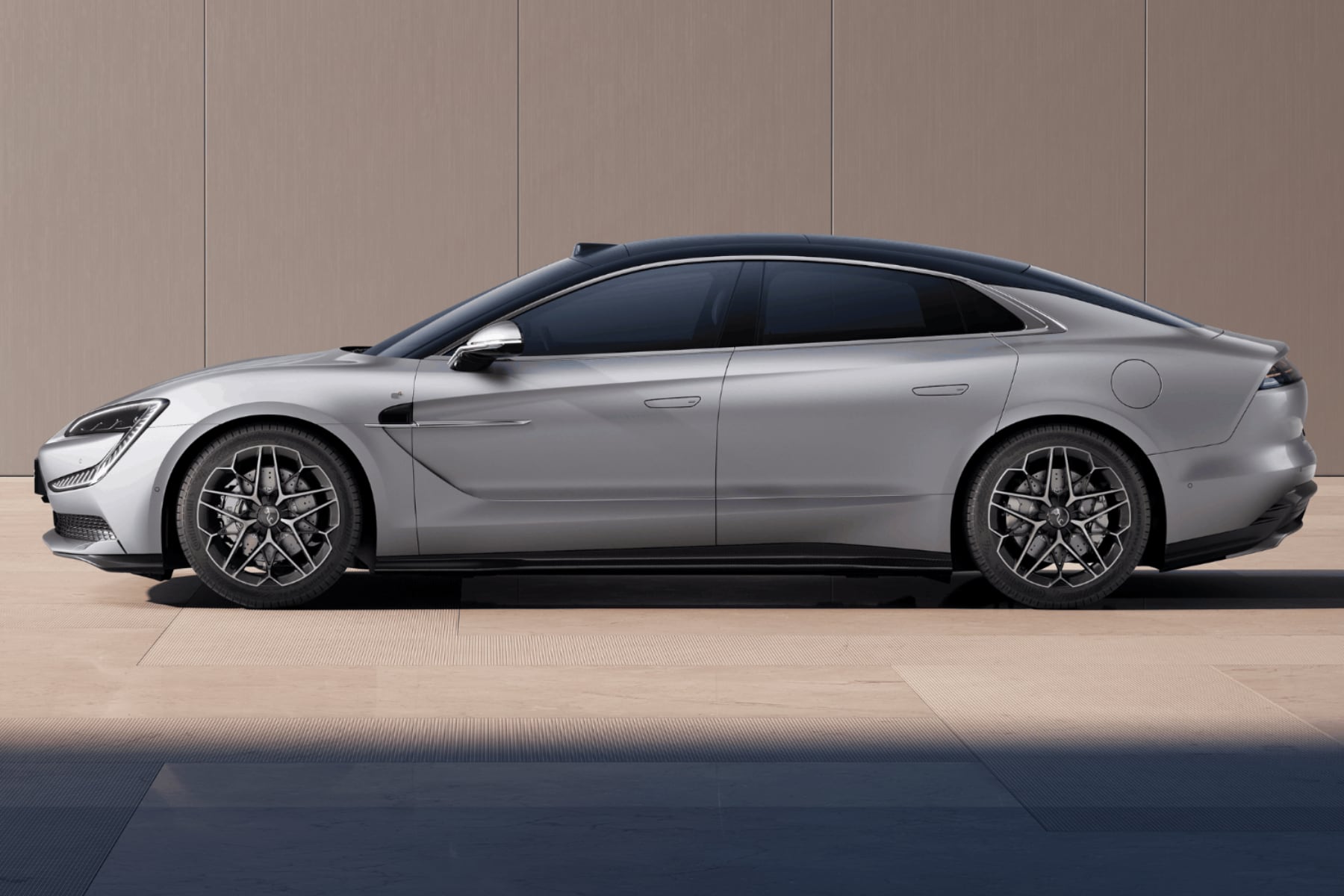
This exceptional aerodynamic performance doesn’t come at the expense of presence, as the U7 maintains a commanding stance that communicates its capabilities without resorting to exaggerated design elements or unnecessary flourishes—a sophisticated approach that reflects confidence in both the engineering and aesthetic vision behind the vehicle. The exterior design successfully balances the need for visual distinction with functional requirements, resulting in a luxury sedan that looks as capable as it actually is, rather than making promises its performance can’t fulfill.
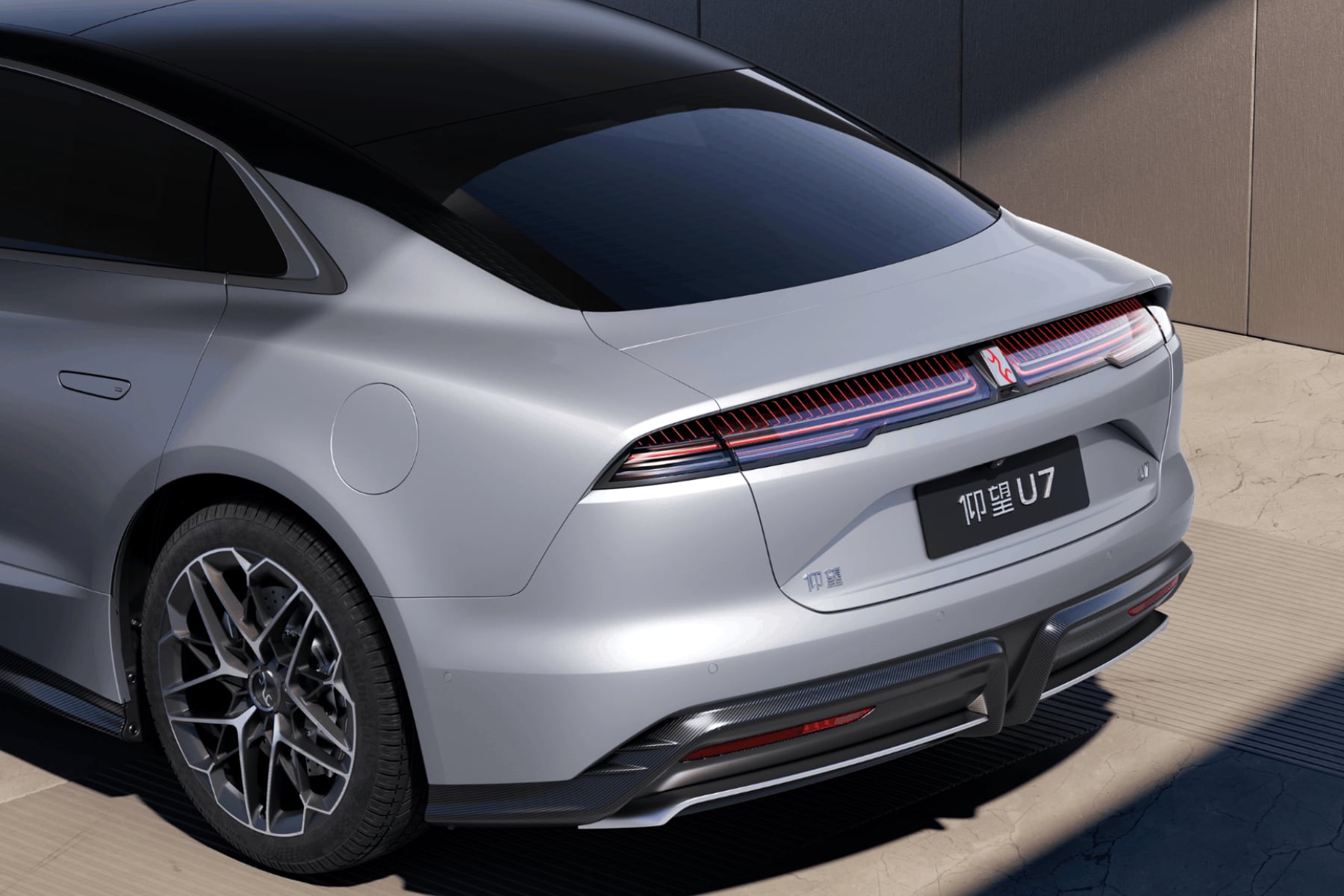
Inside, the U7 presents a thoroughly modern interpretation of luxury with a focus on both technology and comfort, featuring a multi-screen environment that includes dedicated displays for the driver and front passenger in addition to the central infotainment unit—creating an information-rich cockpit that remains visually harmonious rather than overwhelming. A fragrance system adds to the sensory experience, contributing to an atmosphere of refined luxury that engages multiple senses simultaneously.
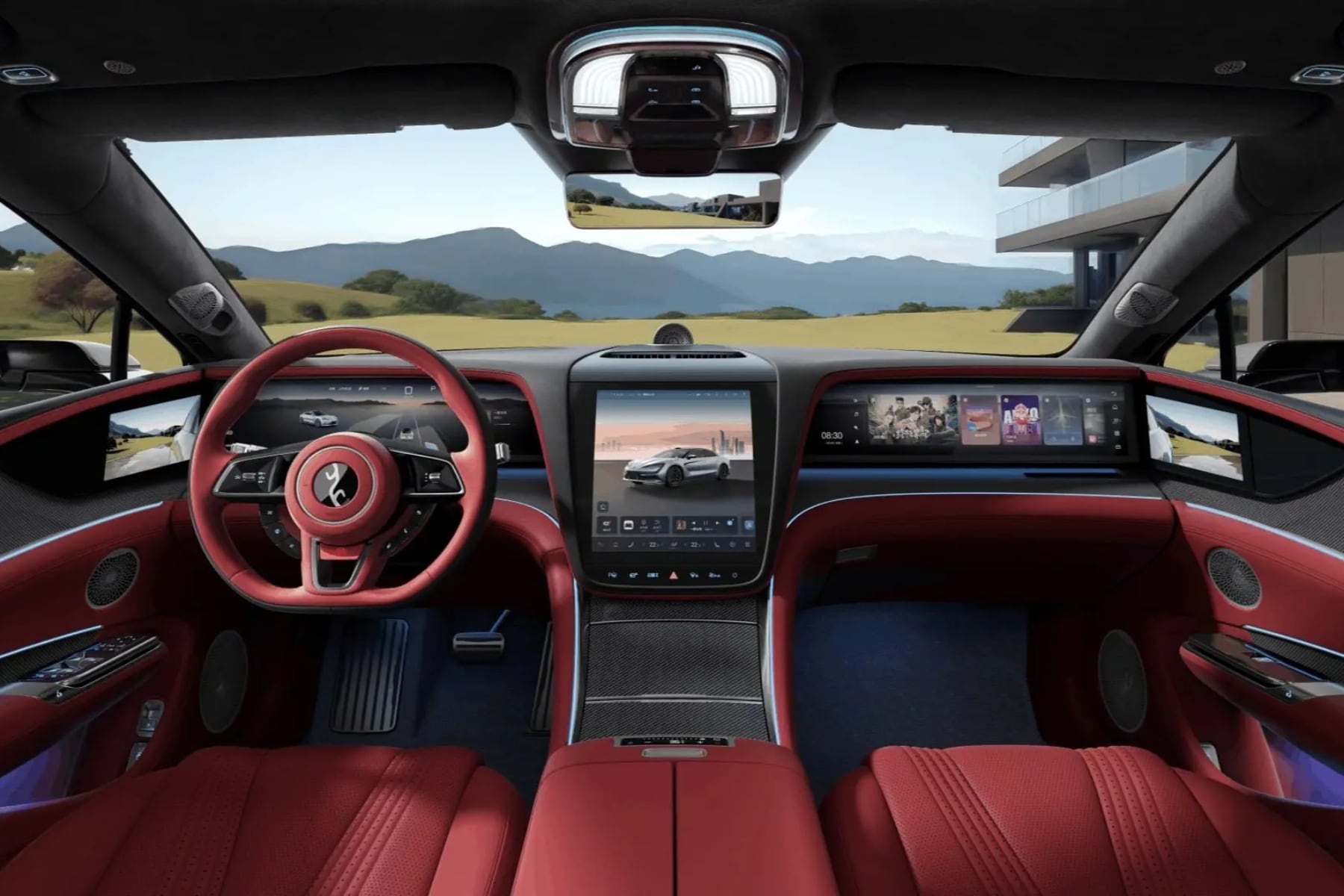
Yangwang offers the U7 in both five-seat and four-seat configurations, with the latter intended as the more luxurious option designed to provide enhanced comfort in the second row—a thoughtful approach that recognizes the diverse ways in which luxury vehicles are used across different markets and customer preferences. This flexibility in configuration demonstrates Yangwang’s understanding that true luxury involves choices tailored to individual needs rather than one-size-fits-all solutions, positioning the U7 as a versatile option in the high-end sedan market.
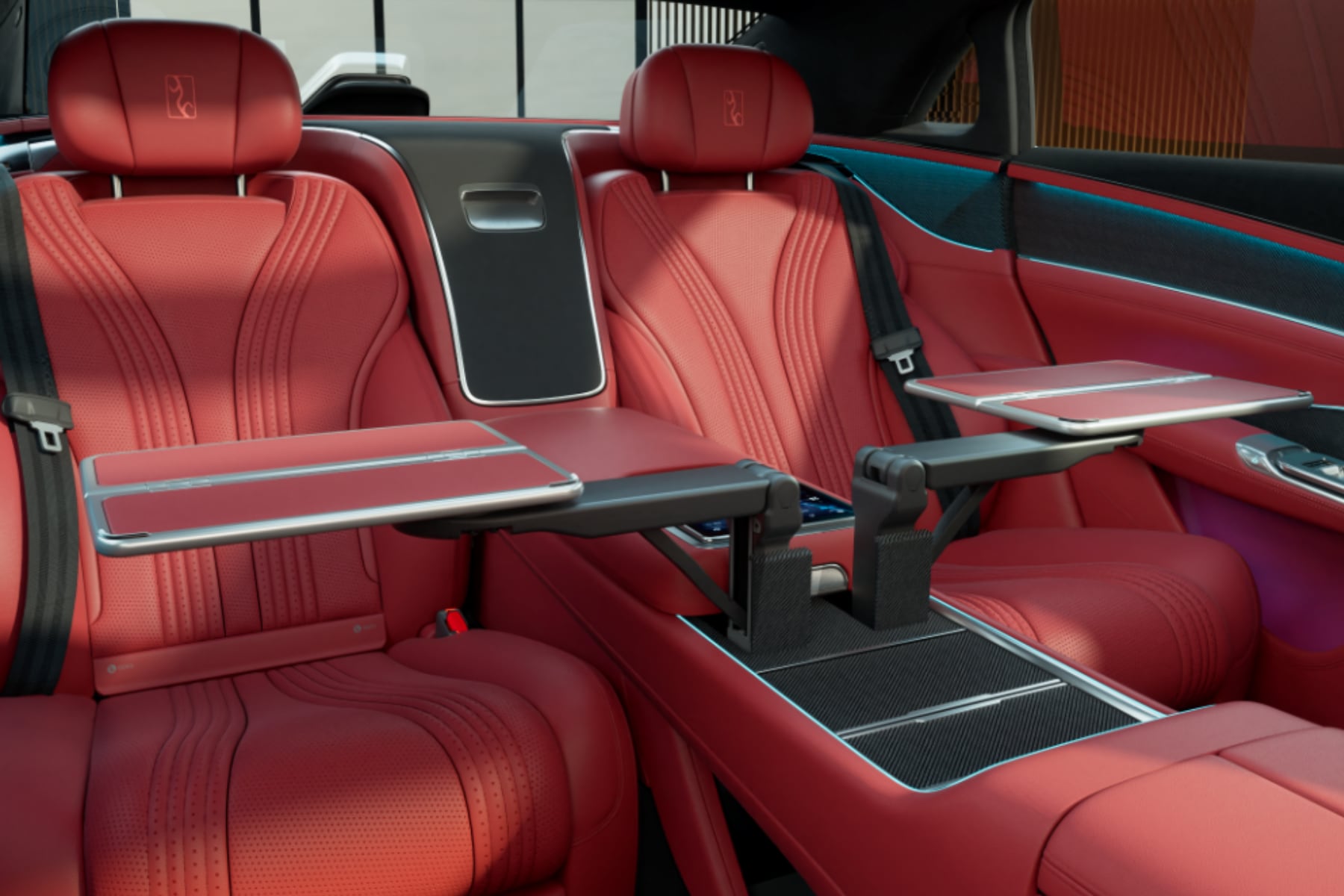
Market Positioning That Disrupts Expectations
Perhaps the most surprising aspect of the Yangwang U7 launch was its pricing strategy, which defied industry expectations in ways that could reshape the luxury market; while observers anticipated a price point around 1 million RMB (approximately $133,000 USD) that would position it squarely against established European luxury marques, Yangwang instead announced a starting price of just 628,000 RMB ($86,430 USD)—dramatically undercutting competitors while offering capabilities they simply cannot match, regardless of price.
To put this disruptive pricing in perspective, a prospective buyer could purchase a U7 with change left over for what they’d spend on a base Tesla Model S, while getting more range, more power, and mobility features Tesla hasn’t even begun to explore—a value proposition that reflects the growing confidence of Chinese automakers in the global luxury market and their willingness to challenge established players on both technology and price. With the industrial might of BYD supporting its development, Yangwang has created a vehicle that combines cutting-edge technology with attainable pricing in ways that could force a fundamental reconsideration of what constitutes value in the luxury automotive segment.
Beyond the Hype: What It Means for the Industry
The Yangwang U7 represents more than just another entry in the increasingly crowded electric luxury sedan market; it demonstrates how quickly automotive innovation is accelerating, particularly in China, where features that might have seemed like science fiction just five years ago—lateral movement, active anti-collision suspension, and ultra-fast charging—are now reality in a production vehicle that could be parked in your garage for less than the cost of many conventional luxury cars.
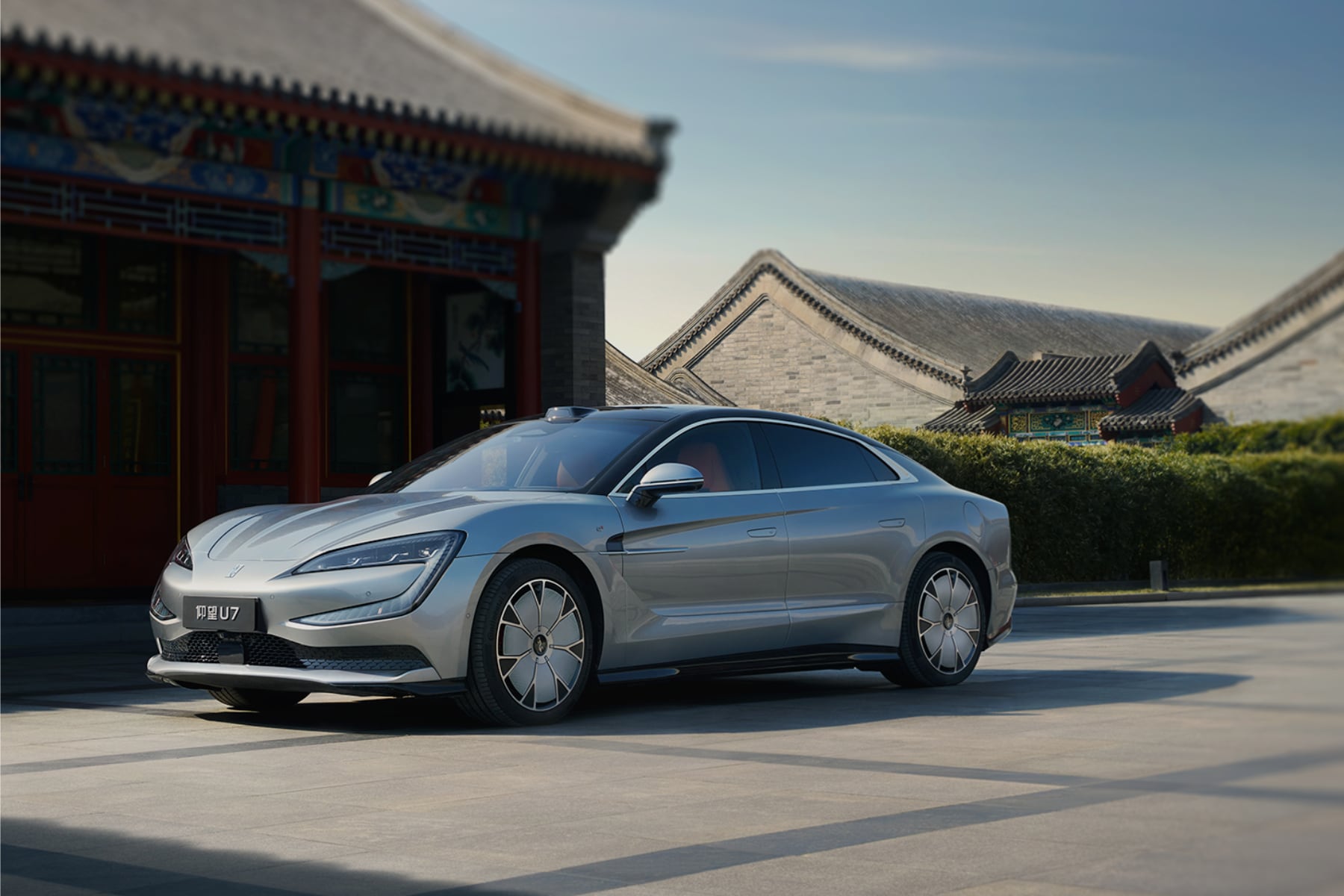
For the average driver, these innovations could transform daily commutes from stressful ordeals into comfortable, confident experiences, as they would never again feel trapped in a tight parking spot, never worry about uneven road surfaces, and never experience range anxiety on longer trips—suggesting a future where vehicles adapt to our challenging environments rather than forcing us to navigate around their limitations, a paradigm shift in how we think about the relationship between cars, drivers, and the world around them.
For established luxury automakers, the U7 serves as both a warning and a challenge that cannot be ignored, as the capabilities Yangwang has built into its platform go beyond incremental improvements to fundamentally rethink what a car can do, creating a compelling package that will force competitors to accelerate their own innovation timelines or risk being perceived as technologically stagnant in a market increasingly defined by meaningful innovation rather than heritage or brand prestige alone.
Will the American market embrace a Chinese luxury brand offering capabilities beyond what established players can deliver? That remains to be seen, yet one thing is certain: the Yangwang U7 has raised the bar for what we should expect from the next generation of luxury vehicles, pushing automotive technology in exciting new directions that could soon reshape how we think about personal transportation—not just as a means of getting from point A to point B, but as intelligent machines that adapt to our needs and overcome limitations we’ve long accepted as inevitable.
